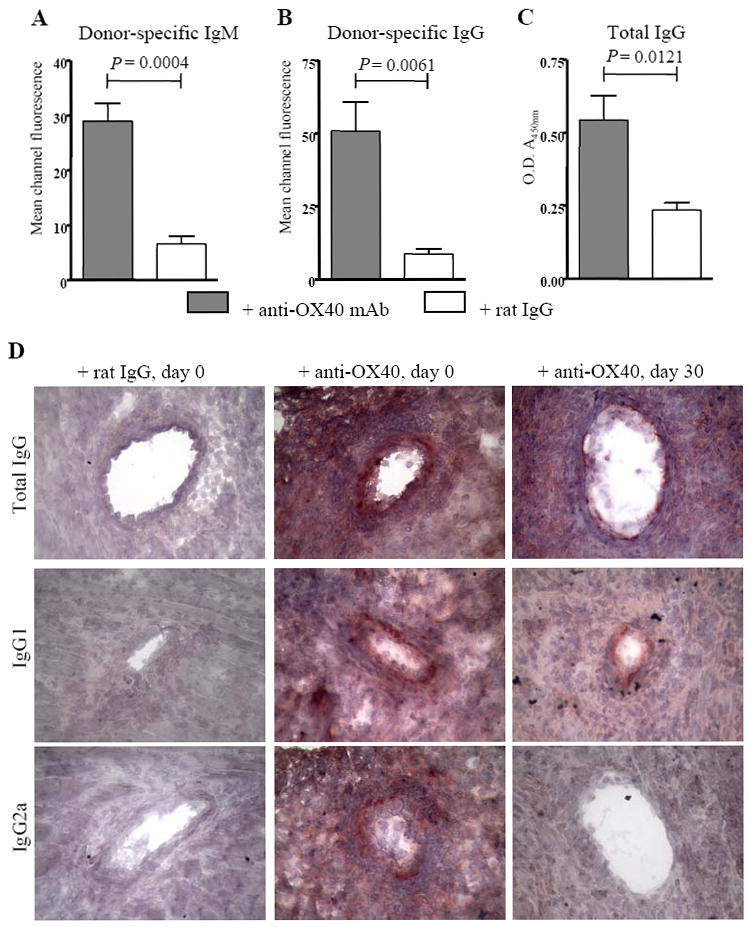Figure 7. OX40 stimulation induces production of donor-reactive alloantibodies in the absence of CD40.

Sera from C57BL/6 CD40-/- recipients of cardiac allografts treated with anti-OX40 mAb (shaded bars) or rat IgG (open bars) were harvested at either time of rejection or 10 days after transplant. P815 (H-2d) cells were then incubated with a 1:50 dilution of sera, and bound donor-reactive antibody was detected by incubation with FITC-tagged anti-IgM (A) or anti-IgG (B) antibodies. The mean channel fluorescence is indicative of the relative amount of donor-reactive antibodies. Bars represent the average mean channel fluorescence of n = 3 control rat IgG treated recipient and n = 5 anti-OX40 treated recipient samples + S.E.M. (C) Sera of CD40-/- allograft recipients treated with anti-OX40 mAb or control rat IgG were diluted 10-3 and the relative amounts of total mouse IgG present were quantified by sandwich ELISA. Shaded bars (anti-OX40 mAb treated) and open bars (rat IgG control treated) represent the average O.D. (A450nm) of n = 3 control rat IgG treated recipient and n = 5 anti-OX40 treated recipient sera samples + S.E.M. (D) C57BL/6 CD40-/- allograft recipients were treated with control rat IgG (left column) or anti-OX40 mAb at time of transplant (inductive, middle column) or 30 days after transplantation (delayed, right column) and grafts were harvested at either time of rejection or functioning grafts were harvested 60 days after transplantation. Depicted are grafts from recipients treated with rat IgG at the time of transplantation, which is representative of results obtained from both inductive and delayed treatment with rat IgG. Graft sections were fixed and incubated with goat anti-mouse IgG, rabbit anti-mouse IgG1, or rabbit anti-mouse IgG2a followed by development with AEC to visualize mouse antibody deposition. Results are representative of grafts from n = 4 – 10 recipients. 400X magnification.
